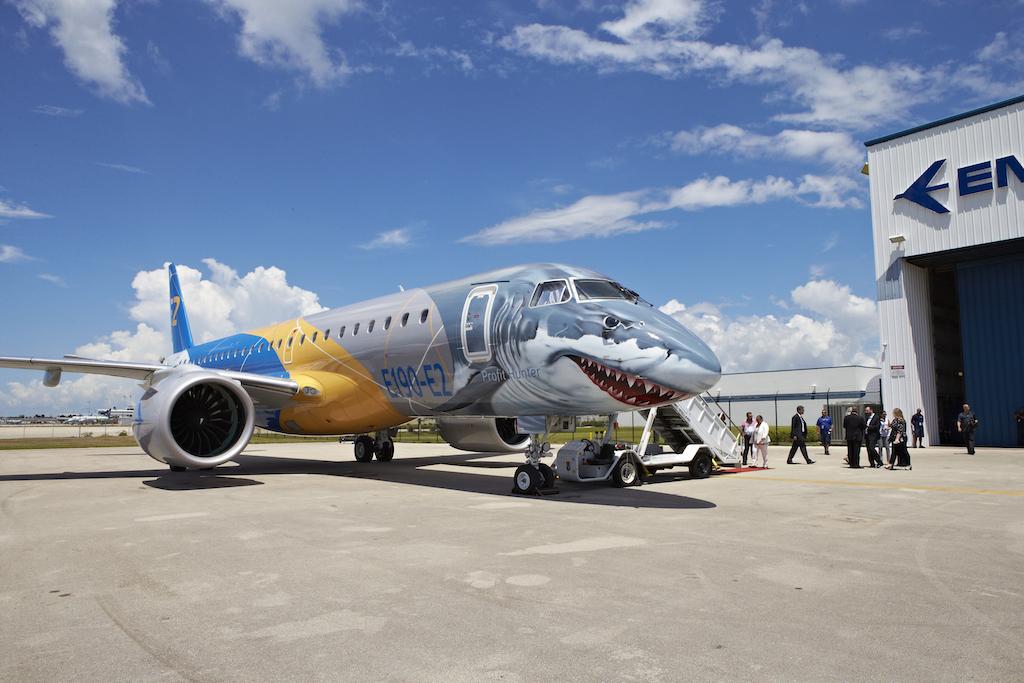
Embraer foresees a demand for ‘at least 50’ E1 and E2 crossover jets in Vietnam over the next five years, the company said at last month’s Singapore air show. So, what factors will drive that demand?
“With a population of around 100 million and one of the fastest growing economies in Southeast Asia, Vietnam needs additional aviation capacity to sustain the projected air transport demand, in line with the country’s projected economic growth of 6.4% between 2021 and 2030,” according to an Embraer spokesman.
“The aircraft operating in Vietnam are mostly large capacity aircraft of 180 seats and more, and air services are heavily concentrated on major trunk routes (such as Hanoi to Ho Chi Minh City and connections to Da Nang, Phu Quoc and Nha Trang) in order to fill these large aircraft.”
The addition of crossover jets such as the E1 and E2 will enable the country’s airlines to establish new routes and increase frequencies on existing routes, the Brazilian manufacturer believes.
According to a report drawn up by Embraer in 2022, Vietnam’s Air Connectivity Potential, “While competitiveness will be increasingly higher on trunk routes, there is still plenty of room for profitable operations on regional routes, connecting small communities to Ho Chi Minh City’s Tan Son Nhat International Airport, Hanoi’s Noi Bai International Airport as well as those in the cities of Da Nang and Nha Trang.
“Lower-density markets are poised to flourish post-pandemic if driven by an efficient air network and increased regional connectivity. It is imperative, though, to balance aircraft capacity and market demand.
“The downside of high dependence on large narrow-body aircraft might soon become apparent when it proves to be inefficient in improving connectivity at regional airports.
“In addition, there are several restricted airports in Vietnam that cannot handle large narrow-body aircraft. Destinations like Côn Đảo, Cà Mau, Điện Biên Phủ and Rạch Giá are currently served by turboprops.”
Ironically, given Embraer’s prediction of large numbers of E-Jets being operated in Vietnam in coming years, the country’s sole existing operator of the type, Bamboo Airways, which operated up to five E190s, recently removed them (together with Boeing 787s) from its fleet as part of a restructuring.
“During their operation of the E190s since 2021, they opened several new and lucrative routes including non-stop flights between Hanoi to and Con Dao,” the spokesman said. “This used to be a turboprop-operated flight route that involved a stop in Ho Chi Minh City.
“We are talking to several airlines in the country about how the E-Jets can add value to their business.”
The manufacturer believes that a mix of E190-E2 and E195-E2s, rather than smaller E170s/175s, will best fit Vietnamese needs.





